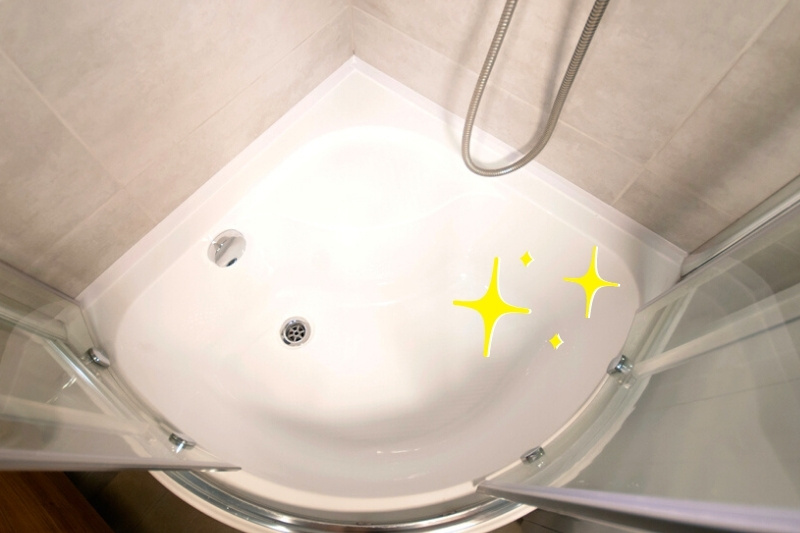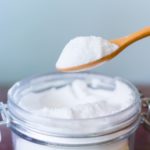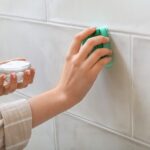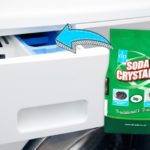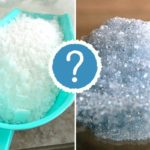Shower trays quickly become grubby when not cleaned regularly. They harbour dirt, hair, and dead skin washed and scrubbed from our bodies.
Combined with soap scum and limescale, your once sparkly shower tray is now unsightly and unhygienic. Some showers even start to rust or grow mould!
If this sounds familiar, you probably want to know how to clean your shower tray.
There are many different methods for cleaning shower trays. You can use white vinegar and lemon juice or commercial cleaning products.
However, another popular method is to use bicarbonate of soda, also known as baking soda (not to be confused with baking powder).
Cleaning a shower tray with bicarbonate of soda is quick and straightforward and is highly effective at busting stubborn limescale.
Keep reading as we teach you how to use this white powder to clean your shower to a professional standard.
How to Clean a Shower with Bicarbonate of Soda
Step 1: Gather your supplies

Your first step is to gather all your cleaning supplies and equipment and bring them up to the bathroom. Here is a list of everything you need:
- Bicarbonate of soda
- Microfibre cleaning cloths
- Non-abrasive cleaning solution
- Large bucket of water
- Rubber cleaning gloves
- A non-abrasive sponge
- Steam cleaner (optional)
- White vinegar (optional)
Most of these items you should already have in your home. If not, head to your local supermarket. You should be able to pick up everything you need for a relatively low price.
You also need to prepare your shower tray for cleaning. Remove any bottles of shampoo, shower gel, conditioner, bars of soap, shaving razors, and all other accessories.
Mould and soap scum can accumulate on the base of these bottles and objects, so ensure you clean these before placing them back at the end of the cleaning process.
If you have one, you should also remove your shower curtain and place it in the wash. Like your shower tray, the curtain can be a breeding ground for bacteria, mould, and limescale.
Washing your shower curtain removes the worst of the grubbiness, ready to hang back up in your clean shower.
Step 2: Steam your shower tray
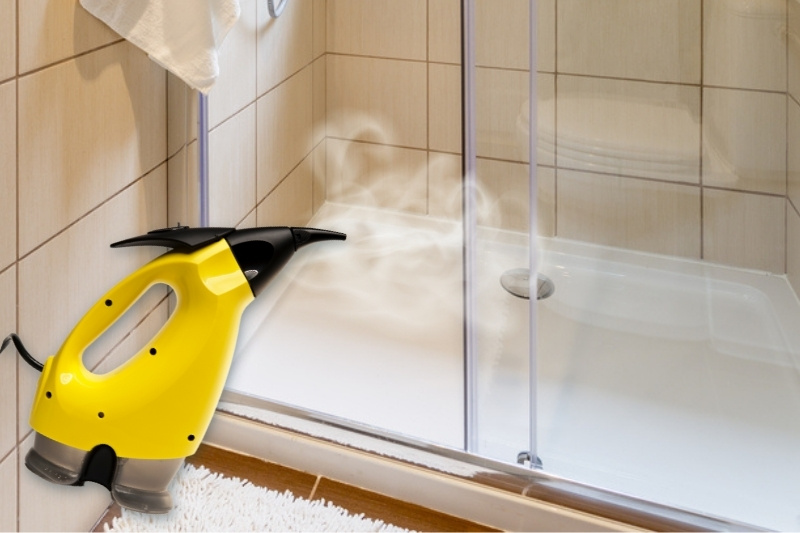
With all your supplies in hand, it is time to put on your rubber gloves and start cleaning.
Your first task is to steam your shower base, either using a steam cleaner, or by running the shower for a few minutes.
Option 1: Use a steam cleaner
If you have a steam cleaner, this will make the job much esasier.
The heat from the steam helps to loosen any soap scum that makes your shower tray look grubby.
You can then wipe the base of the shower using one of your microfibre cloths to remove the loosened residue.
Option 2: Run the shower for five minutes
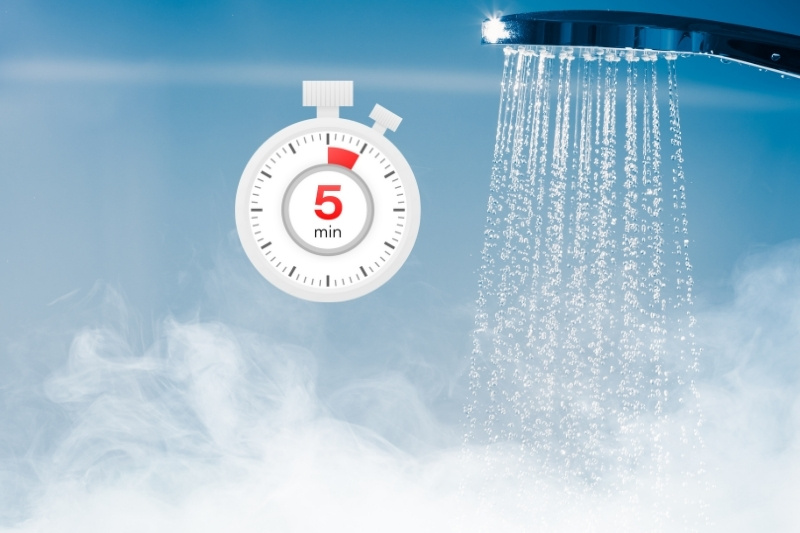
If you don’t have a steam cleaner, you can achieve the same effect by letting your shower run at a hot temperature for five minutes.
To save water and energy, it is recommended to wait until someone has had a hot shower, then go in immediately to clean away the loose grime and dirt.
Step 3: Apply a bathroom cleaner

Before applying bicarbonate of soda to your shower tray, you should tackle it with a non-abrasive bathroom cleaner.
You can purchase shower cleaners from your local supermarket or online. Spray the cleaner over the base of your shower, let it sit for a few minutes, and wipe off using another microfibre cloth.
Always check that the cleaning product is suitable for use on the material of your shower base. All showers are different, so don’t assume a generic bathroom cleaner is necessarily appropriate—always read the label.
Stone shower bases are particularly problematic, and you need to look for a specific granite cleaning spray.
An alternative is to make a shower cleaner at home using two everyday products: white vinegar and lemon juice.
Pour half a cup of vinegar, one teaspoon of lemon juice, and half a cup of water into a spray bottle. Shake to mix and use this as a homemade shower cleaner.
Step 4: Make a bicarbonate of soda paste
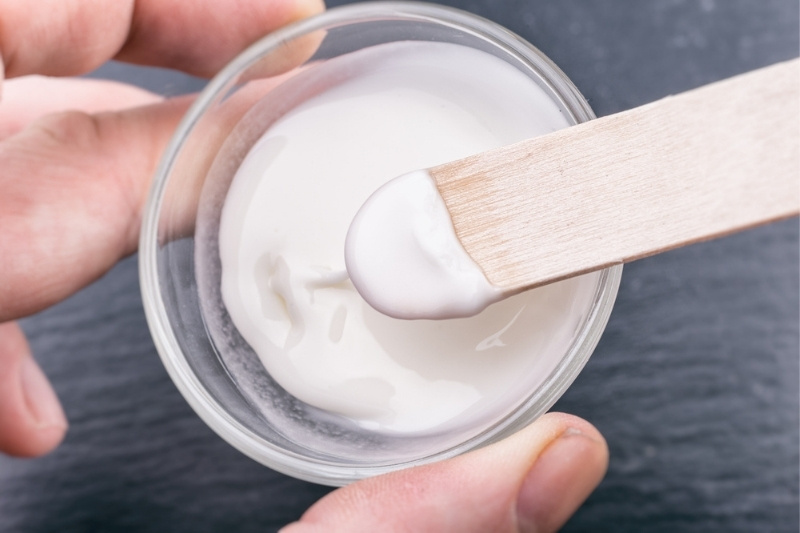
Now it is time to get the magic ingredient to work! Put four or five heaped tablespoons of bicarb into a large bowl and add water a little at a time until the mixture becomes a thick paste (aim for a porridge-like consistency). You should need to use around two cups of water in total.
Make sure the shower tray is completely dry from steaming and cleaning, then take the bicarbonate of soda paste and apply it to your shower tray using a sponge.
Focus on applying the paste to the dirtiest parts first, as these stains need longer to lift.
Once your shower tray is covered in the paste, open all windows in your bathroom and let the mixture sit for at least one hour.
If you’re dealing with stubborn stains, you can make a stronger cleaning paste by combining bicarbonate of soda and white vinegar at a ratio of 3:1.
This solution shouldn’t be used on your entire shower tray but can be used on particularly grubby areas.
You only need to leave this on for five minutes, so set a 55-minute timer and add the vinegar solution in the final five minutes.
Step 5: Scrub Your shower tray
Once an hour has passed, take your sponge and rub the bicarbonate of soda paste in circular motions.
This motion helps to work the bicarb deep into the shower tray and lift off the layers of soap scum, limescale, and dirt.
Thanks to its absorptive properties, bicarbonate of soda can also effectively remove stains and nasty odours from the tray.
When scrubbing your shower tray, be sure to use a non-abrasive, soft sponge. Many people use a bristled scrubbing brush or scour to remove stains.
However, this can scratch and damage your shower surfaces, inviting more stains and contributing to future dullness.
Step 6: Rinse with warm water
Your final step for cleaning a shower tray with bicarbonate of soda is to rinse the shower base with warm water.
This washes away the bicarb paste, leaving your shower glistening and gleaming! If you’re not happy with the results, reapply the bicarbonate of soda paste and let it sit for another hour before scrubbing and rinsing again.
Things to Consider When Cleaning a Shower Tray with Bicarbonate of Soda
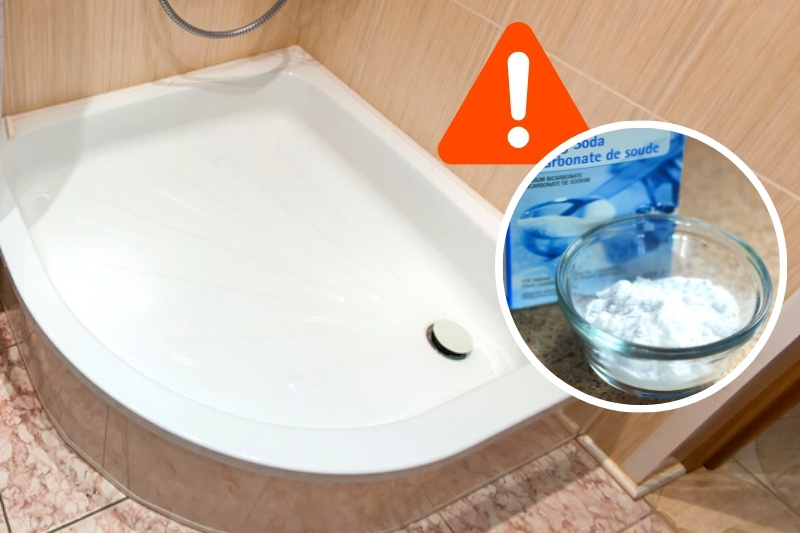
Bicarbonate of soda is an outstanding cleaning product, effective at removing stains and odours from various surfaces.
However, the powder is not suitable for all materials, including glass and aluminium.
When cleaning your shower tray, ensure not to get the bicarbonate of soda on any glass surfaces or aluminium fixtures.
Before cleaning your shower tray with bicarbonate soda, we recommend doing a patch test on a small area. This helps to ensure the paste won’t damage your shower tray material.
Pay particular caution if your shower tray is made from stone. As a caustic substance, bicarbonate of soda can leave permanent stains on natural materials.
Bicarbonate of soda can also be damaging to your skin! Bicarb is alkaline, whereas human skin is slightly acidic.
Frequently coming into contact with bicarbonate of soda can neutralise the acidity of the skin, causing it to become dry and cracked. Always wear gloves to protect yourself.

Hannah has a passion for cleaning. She worked her way around Australia by cleaning hostels in exchange for free accommodation and used her cleaning skills to bag a job as a chalet host for a luxury ski company in France.
